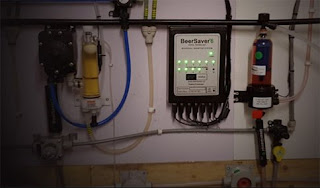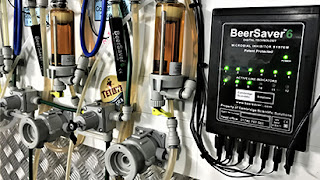The Importance of the Correct Beer Cellar Temperature

One of the most important factors in helping to serve top quality beer is your beer cellar temperature. If your beer cellar temperature is either too warm or too cold, you are going to have problems. The ideal beer cellar temperature is 12°C. You can go a degree either way, but anything more than that and you are in trouble. With cask beer, if the temperature goes over 13°C it will spoil the beer because the yeast needed for the secondary fermentation will metabolise the sugars far too quickly, and that will result in a sour pint that tastes like vinegar and is very bitter. In addition, it will also reduce the shelf life in the same way that would happen if you left a plate of liver unrefrigerated in the kitchen. With keg beers, too much heat causes fobbing, which is going to increase your beer wastage and, therefore, loss of profit. You can’t win the other way, either. If the beer cellar temperature is too low, it will cause a chill haze to form in bo




